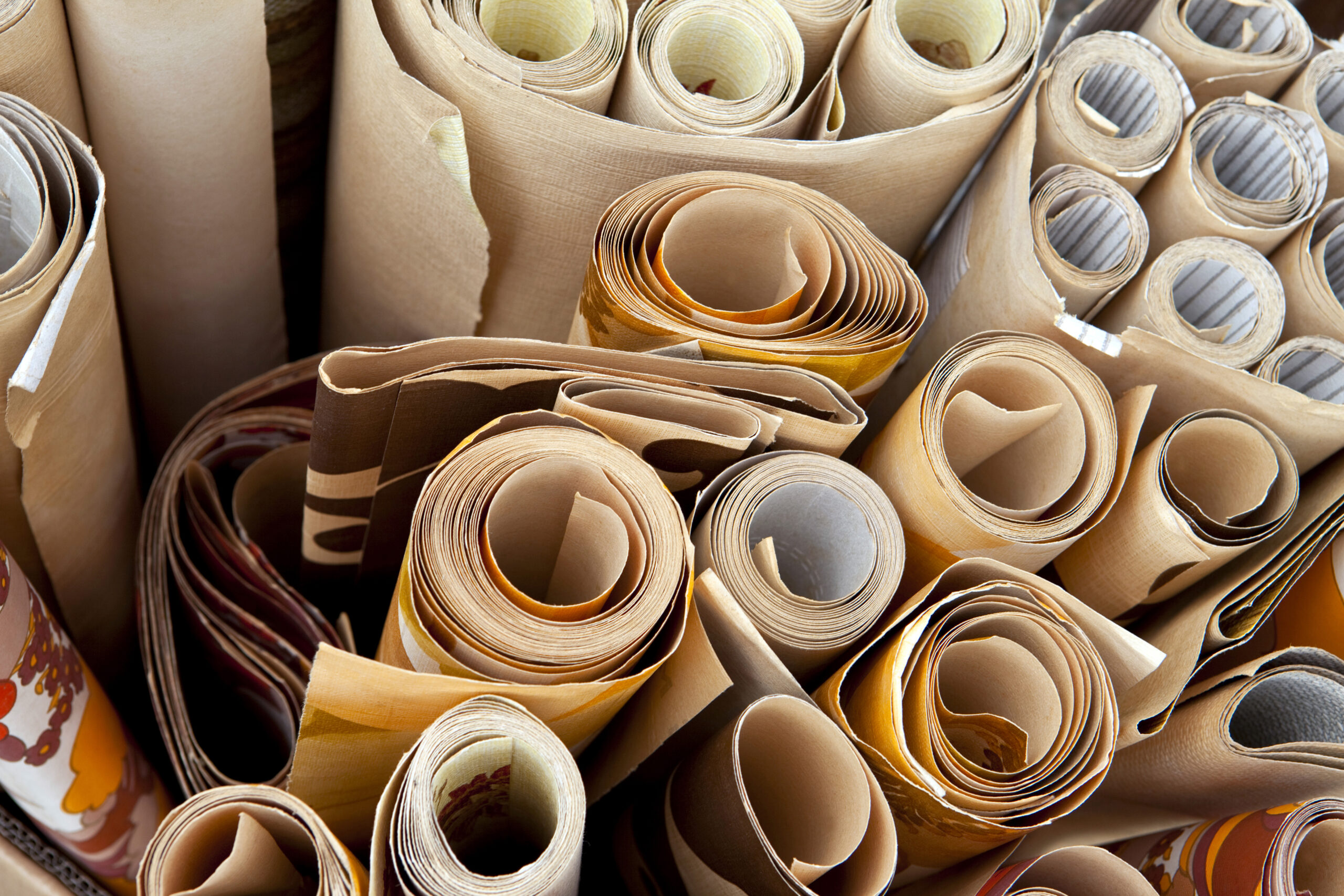There is no better way to add a statement, a subtle texture and visual appeal to a room than by adding wallpaper to your walls. With hundreds of thousands of options available to choose from at your fingertips, you know you’ll be able to find the perfect pattern to suit your style.
But when it comes to the installation, it’s best to leave it to the experts. While there are many DIY YouTube tutorials on how to apply wallpaper, the reality is that it is much more complex than you might think and will take time, precision, and a knowledge of the type of wallpaper and application process to get it right. No one wants to fall in love with the perfect wallpaper only to see it bubble, peel, and look awful once installed.
Luckily, our Sustainable Painters team are experts at wallpaper application (and removal!). With years of experience, our team can explain the pros and cons of choosing certain types of wallpaper, including the aftercare they require. We can also help explain the difference between wallpaper materials, such as how a natural silk wallpaper will have variations in colour.
Here are a few things to consider prior to wallpapering your home:
-
Prep
As much as it may look like your walls are a blank slate ready to be covered, the reality is that your wall will need to be cleaned, you’ll need to remove outlet covers, and measurements will need to be taken to make sure the right amount of wallpaper gets ordered. If your wall has texture, that will need to be addressed and smoothed prior to application as well. And our team will know exactly how to work around odd corners, vanities, toilets and other wall-mounted items.
-
Types of wallpaper
Vinyl: This is the most common type of wallpaper because it is easy to hang and remove, is the best option for damp areas, and often comes pre-pasted.
Paper: Colours show beautifully on paper wallpaper, but beware of scratching and tearing as this material is the most delicate.
Fabric: Considered the highest quality wallpaper, fabric wallpaper is difficult to hang. It usually doesn’t come pre-pasted and you need to be extra careful to smooth out air bubbles when applying so the fabric doesn’t wrinkle.
Grass Cloth: Made from natural fibers including grass cloth, hemp, jute, reed, bamboo or arrowroot, these wallpapers don’t require matching, which makes them easier to hang. However, they require delicate treatment when gluing and installing as the adhesives can ruin their appearance, and it is not washable.
Liner: Also known as lining paper, this type of wallpaper is made from paper or fiberglass. It is effective for hiding wall defects and minimizing repairs, and it can be a base for more delicate wallpaper types. It can be used alone or even painted.
Foil: A polished metal foil is used as a base for this type to give the room a shiny metallic effect. Due to its high reflectivity, foil wallpaper highlights wall defects. This means the base wall needs to be repaired, treated, or covered with lining paper first.
Flock: Flock wallpaper is distinct for its fuzzy three-dimensional patterns, created from a velvet-like fiber that is printed on a paper base. It is one of the most expensive wallpaper types, yet it is hard to maintain. Its velvety texture reflects a sense of luxury, but beware! It is not washable and could be hard to remove, making it best used for rooms with lower traffic.
Mylar: Mylar wallpaper is a printed paper base with a polyester film applied on top of it, giving it a wet or shiny appearance similar to foil wallpaper. It highlights wall defects, so prior paper lining is recommended. The polyester film makes it possible to wash Mylar wallpaper, and it is also easy to remove.
-
Types of application
Non-Pasted: This wallpaper does not come prepared with adhesive so you’ll need to use paste to apply it to your wall. Though the pasting process can be messy and finicky, it tends to produce the most long-lasting results. This is where the professionals come in!
Pre-Pasted: Just add water and this wallpaper is ready for application. No messy paste required. Though quick and easy, this application style unfortunately doesn’t last as long as the others.
Self-Adhesive: Also called peel and stick wallpaper, self-adhesive wallpaper acts like a sticker; just peel off the backing and apply it to the wall. If you redecorate often, it’s easy to remove and replace.
Ready to add some personality to your room? Give us a call!



